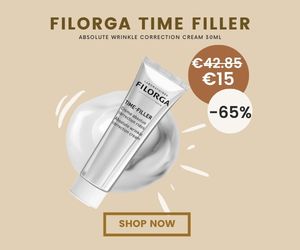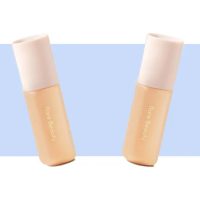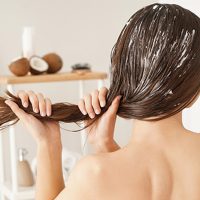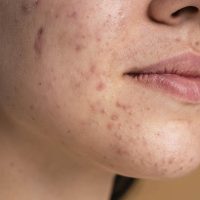I often receive questions about how to repair damaged hair. Hair damage can occur due to various factors, including mechanical, chemical, and heat related causes. We’ll dive into each type of damage and provide expert backed tips on how to repair and prevent further harm.
Unleash Your Adventure with Columbia Sportswear
– Where Style Meets Performance!
Elevate Your Outdoor Experience with Our Premium Gear – Explore, Conquer. and Look Good Doing It. Embrace the Elements in Columbia's Cutting-Edge Designs. Gear Up for Greatness, Unleash Your Inner Explorer!
Find your gearMechanical Damage:
Understanding Mechanical Damage:
Mechanical damage occurs as a result of frequent and rigorous handling, brushing, and styling of hair. This repetitive stress can lead to the weakening of hair strands, causing breakage and the development of split ends. This type of damage is often caused by improper techniques or overuse of styling tools.
Recognizing How Mechanical Damage Occurs:
Mechanical damage typically arises from actions like rough towel drying, aggressive brushing, and excessive use of heat styling tools. Hair can also be prone to mechanical damage when it’s constantly pulled into tight hairstyles or subjected to harsh hair ties.
Methods to Repair Damaged Hair from Mechanical Stress:
1. Gentle Detangling: Employ a wide toothed comb or a detangling brush to gently remove knots and tangles. This approach minimizes the risk of further damage.
2. Regular Trimming: Consistent trimming of split ends promotes healthy hair growth and prevents the spread of damage up the hair shaft.
3. Avoidance of Tight Hairstyles: Limit the use of tightly pulled back styles, such as ponytails or braids, to reduce stress on the hair.
4. Utilize Silk or Satin Pillowcases: These materials reduce friction, minimizing the risk of additional damage while sleeping.
Preventing Further Mechanical Damage:
1. Limit Heat Styling: Reduce the frequency of heat styling tool usage and explore heat free hairstyles as alternatives.
2. Mindful Handling of Wet Hair: Wet hair is more vulnerable to damage, so take care when detangling to prevent breakage.
3. Selecting the Right Tools: Opt for high quality brushes and combs to minimize friction and minimize potential breakage.
Using hair care products like Vernon François Nourishing Water or Ceremonia’s Guava Beach Waves can provide effective repair and protection for damaged hair.
Application of Vernon François Nourishing Water:
- Vernon François Nourishing Water is a specially designed spray for damaged hair, enriched with nourishing ingredients that help restore moisture and shine to the hair.
- Apply Vernon François Nourishing Water evenly to damp hair, focusing on damaged areas. Then gently comb through with a wide-toothed comb to distribute the product evenly and minimize further damage.
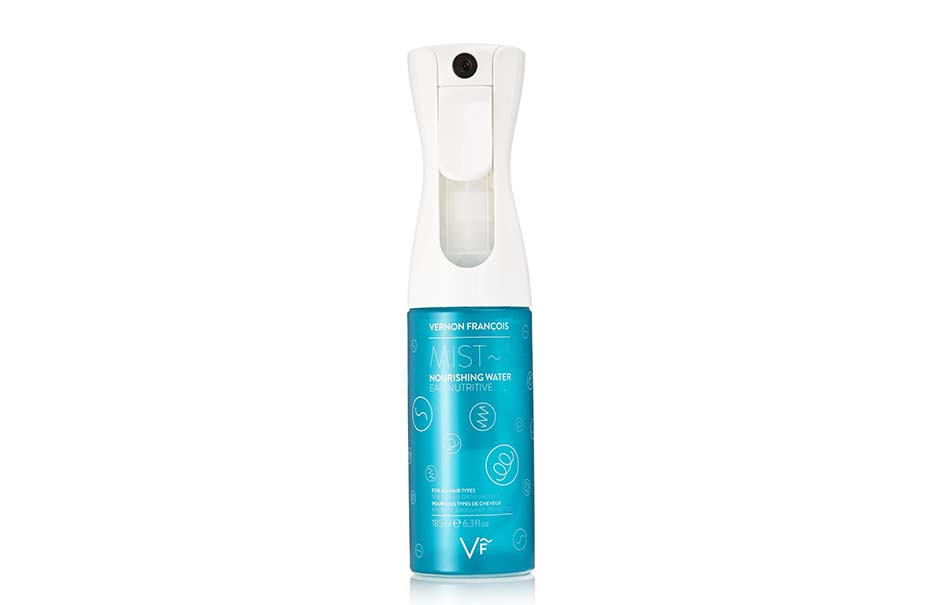
Application of Ceremonia’s Guava Beach Waves:
- Ceremonia’s Guava Beach Waves is a natural hair styling spray infused with silk protein and natural fruit extracts, providing hydration and repair.
- Spray Ceremonia’s Guava Beach Waves onto damp hair and either air dry or use a hair dryer for natural beachy waves. This process reduces the need for heat styling, thereby lowering the risk of further damage.
The choice of these products is based on their inclusion of moisturizing and repairing ingredients, which can help restore the health and shine of damaged hair. Additionally, the application of these products is crucial to ensure even distribution and to avoid any additional pulling or friction.
Ultimately, consistent care and maintenance are crucial for repairing damaged hair. Regular trimming of split ends, minimizing frequent heat styling, and selecting gentle hair tools and products are key steps in protecting the health of the hair.
Chemical Damage:
Understanding Chemical Damage:
Chemical damage arises from the exposure of hair to harsh chemicals, commonly found in hair dyes, relaxers, and perms. These chemicals can strip the hair of its natural moisture and compromise its structural integrity.
Methods to Repair Chemically Damaged Hair:
1. Deep Conditioning Treatments: Utilize deep conditioning masks infused with nourishing elements like keratin, argan oil, and shea butter to restore lost moisture.
2. Protein Treatments: Integrate protein rich treatments to fortify the hair shaft and mend damage from within.
3. Avoid Overlapping Chemical Treatments: Allow sufficient time between chemical treatments to let the hair recover and minimize the risk of additional damage.
4. Consult a Professional: Seek guidance from a professional hairstylist or trichologist for personalized solutions tailored to your specific hair needs.
Preventing Further Chemical Damage:
1. Limiting Chemical Processing: Reduce the frequency of chemical treatments and opt for milder alternatives whenever possible.
2. Conduct Strand Tests: Always perform strand tests prior to applying any chemical treatments to assess potential damage and suitability.
3. Utilize Color Safe Products: If you regularly color your hair, use products designed specifically for colored hair to preserve vibrancy and overall health.
4. Rely on Professional Services: Seek out experienced colorists and stylists who prioritize hair health and utilize high quality, gentle products.
Heat Damage:
For those experiencing intensified dryness, options from Briogeo and Alterna should be considered alongside Vegamour, which harnesses the power of pure vegan silk protein for a dual-action approach to restore softness, shine, and moisture.
Understanding Heat Damage:
Heat damage occurs when hair is exposed to high temperatures generated by styling tools like flat irons, curling wands, and blow dryers. This exposure can result in undesirable effects such as dryness, brittleness, and a loss of natural elasticity.
Methods to Repair Heat Damaged Hair:
- Deep Conditioning with Heat:
Apply a deep conditioner and use heat, either through a shower cap or heat cap, to enhance nutrient absorption and facilitate the restoration of damaged strands. - Avoidance of High Heat Settings:
Reduce the heat settings on styling tools to minimize the risk of additional damage while still achieving desired styles. - Utilize Heat Protectants:
Apply a heat protectant spray or serum before using any heat styling tools. This creates a protective barrier between the hair and the applied heat. - Prioritize Air Drying:
Allow your hair to air dry naturally whenever possible, or use cool settings on your blow dryer to minimize heat exposure. Preventing Further Heat Damage: - Limit Heat Usage:
Embrace heat-free styling options like braids, twists, and buns to give your hair a break from constant heat styling. - Invest in Quality Tools:
Choose high-quality styling tools equipped with adjustable heat settings and advanced technology to minimize potential damage. - Reduce Frequency:
Avoid using heat styling tools on a daily basis. Opt for no-heat styles for regular, non-special occasions. - Regular Trims for Ends:
Regularly trim split ends to prevent further damage from traveling up the hair shaft.
Incorporating products like Vernon François Nourishing Water or Ceremonia’s Guava Beach Waves can further enhance the repair process.
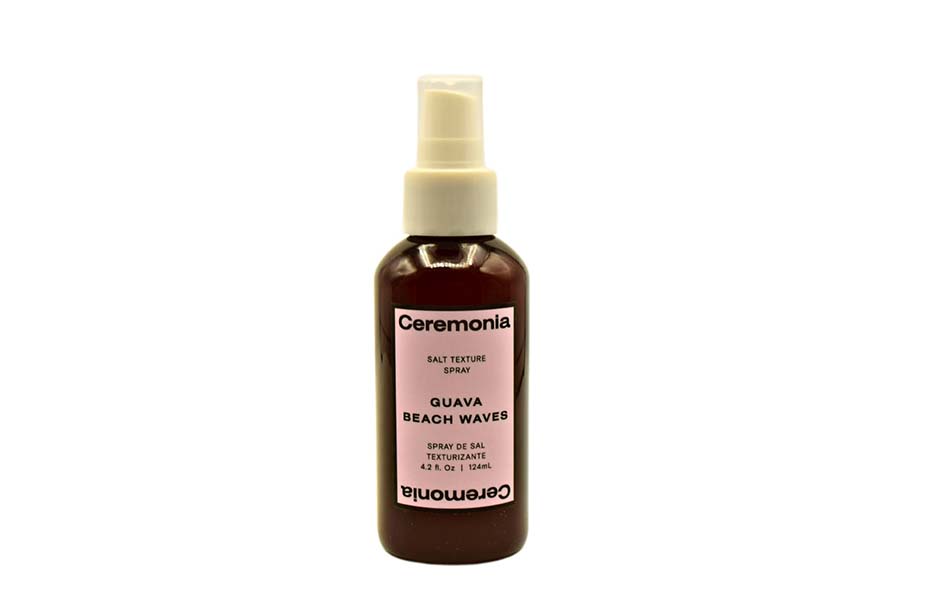
Mechanical Damage:
Explanation:
Mechanical damage occurs due to excessive manipulation and handling of hair. This includes actions like aggressive brushing, vigorous towel drying, and using harsh hair ties or accessories. These practices put stress on the hair shaft, leading to breakage, split ends, and weakened strands.
Reasoning:
1. Brushing Techniques: Using improper brushing techniques, such as starting from the roots instead of detangling ends first, can lead to unnecessary friction and breakage.
2. Tight Hairstyles: Pulling hair tightly into styles like ponytails or buns can cause stress on the hair shaft, leading to weakening and breakage.
3. Rough Towel Drying: Vigorously rubbing hair with a towel can create friction and cause the hair to become tangled, leading to breakage.
4. Harsh Hair Accessories: Hair ties, clips, or bands with metal or rough edges can cause damage by pulling and snagging the hair.
Chemical Damage:
Explanation:
Chemical damage occurs when hair is exposed to harsh chemicals found in hair treatments like dyes, relaxers, and perms. These chemicals alter the hair’s structure, stripping it of natural moisture and weakening its overall integrity.
Reasoning:
1. Hair Dyes: Hair dyes contain chemicals like ammonia and peroxide, which open the hair cuticle to allow color to penetrate. This process can lead to dryness and damage.
2. Relaxers and Perms: These treatments involve the use of strong chemicals to alter the natural texture of the hair. Improper application or leaving the chemicals on for too long can lead to damage.
3. Overlapping Treatments: Applying chemical treatments too frequently or without allowing the hair to recover in between can lead to over processing and damage.
4. Improper Application: Incorrectly mixing or applying chemical products can lead to uneven processing and damage to the hair.
Heat Damage:
Explanation:
Heat damage occurs when hair is exposed to high temperatures from styling tools like flat irons, curling wands, and blow dryers. Excessive heat can strip the hair of its natural moisture, causing it to become dry, brittle, and lose its elasticity.
Reasoning:
1. High Temperatures: Excessive heat can cause the hair’s moisture to evaporate, leaving it dry and vulnerable to damage.
2. Frequent Use of Styling Tools: Regularly using heat styling tools without proper heat protection can lead to cumulative damage over time.
3. Improper Technique: Holding heat styling tools in one place for too long or using them on wet hair can lead to damage.
4. Lack of Heat Protectant: Failing to use a heat protectant spray or serum before styling can leave the hair susceptible to heat damage.
Understanding these types of damage and their underlying causes is crucial for implementing effective hair care practices and prevention strategies. By being mindful of how we handle, treat, and style our hair, we can significantly reduce the risk of damage and promote healthy, vibrant locks.
Repairing damaged hair requires a combination of care, patience, and choosing the right products and techniques. By understanding the specific causes of damage and implementing expert backed solutions, you can restore your hair’s health and vitality. Remember, consistency is key, and seeking professional advice when needed will greatly benefit your hair’s overall well being.





